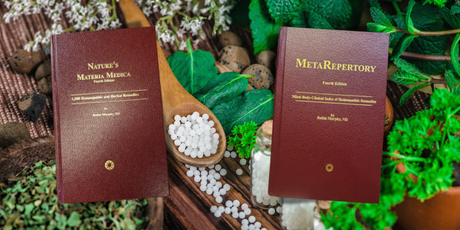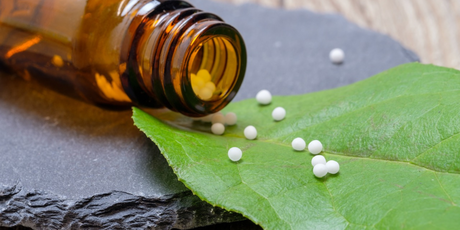
Hydration Matters
By Caitlin Potere
Whether you're recovering from surgery, dealing with chronic fatigue, or just trying to feel better in your day-to-day life, hydration is a crucial piece of the puzzle. Let’s talk about...
Welcome to Castle Remedies!

By Caitlin Potere
Whether you're recovering from surgery, dealing with chronic fatigue, or just trying to feel better in your day-to-day life, hydration is a crucial piece of the puzzle. Let’s talk about...

By Caitlin Potere
If you’ve ever flipped through a homeopathy book and wondered what exactly you were looking at, you’re not alone. Homeopathy has a deep and detailed literature that’s different from anything...
Read more
By Caitlin Potere
This jet lag guide is based on recommendations from Dr. Lev Linkner and the team at Castle Remedies in Ann Arbor, Michigan, a holistic health store that’s been serving its...
Read more
By Caitlin Potere
When you’re heading into surgery—or supporting someone who is—it can feel overwhelming. There’s the physical recovery to think about, of course, but also the emotional and energetic shifts that come...
Read more
By Caitlin Potere
Holistic Essentials for Your Birth Bag: If you’re preparing for a natural birth, whether at home, a birthing center, or a hospital, you’re probably thinking about what to pack in...
Read more
By Caitlin Potere
Homeopathy is a natural and gentle healing system that uses specially prepared homeopathic medicines. These medicines are composed of minute doses of plant, mineral and animal substances and stimulate the body’s...
Read more
By Caitlin Potere
Nature has gifted us with an incredible variety of essential oils, and among them, tea tree essential oil stands out for being gentle and effective while having a large variety...
Read more
By Caitlin Potere
And now for something fun! As our 40th anniversary approached, local astrologer, homeopath and long-time patron, Paul Stapler, encouraged us to look at the astrology chart for Castle Remedies. Now, I'm no...
Read more
By Caitlin Potere
Curcumin, the golden pigment found in turmeric, has captured the attention of researchers worldwide for its remarkable effects. Among the various curcumin formulations available, Longvida Curcumin stands out as a unique...
Read more
By Caitlin Potere
Elderberry is a popular herb with traditional use spanning centuries - maybe even longer! These small, dark purple berries are celebrated for their potential anti-viral and immune-boosting properties. Let’s discover the yumminess and...
Read more
By Caitlin Potere
Teething is a developmental phase that brings both excitement and challenges for parents and their little ones. As those tiny teeth begin to emerge, babies often experience discomfort, fussiness, and...
Read more
By Caitlin Potere
Our digestive health is foundational to our overall health and well-being. Research into gut health has been a hot topic in the last few years as scientists explore the "enteric...
Read more
By Caitlin Potere
In the chaos of modern life, achieving a peaceful night's sleep can sometimes feel like an elusive dream. Amidst the mountains of sleep-enhancing remedies, the gentle scent of lavender essential...
Read more